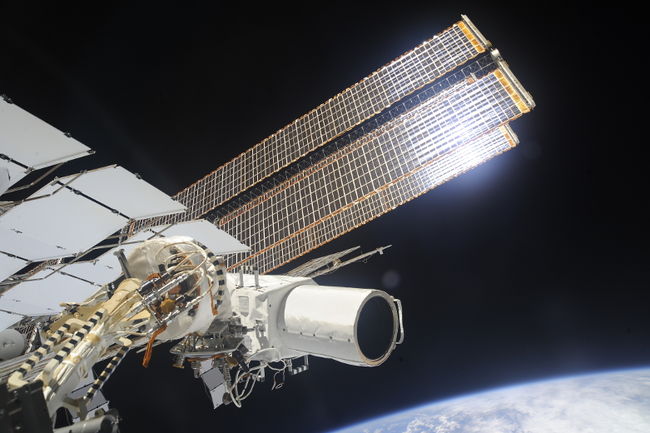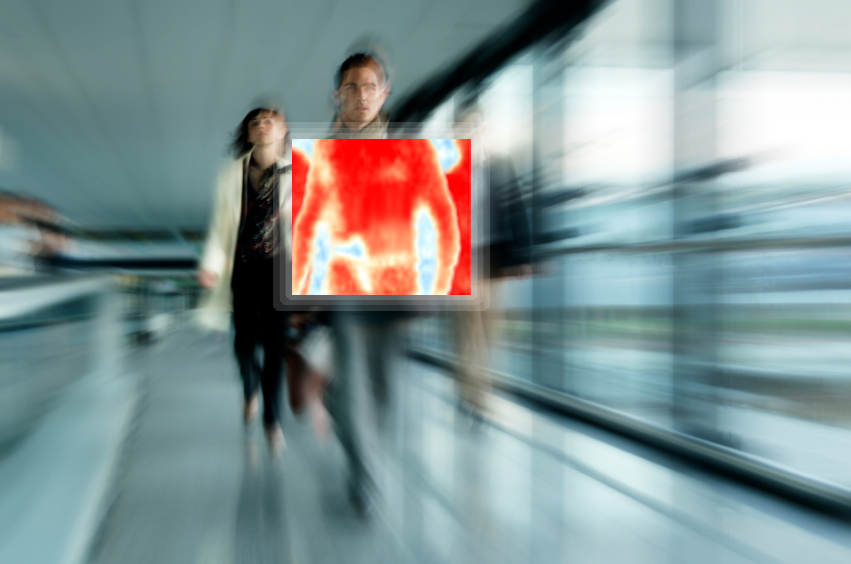Building and flying spacecraft requires a large investment, especially science missions which are often dependent on new technologies. Added to this, the space sector is changing through the entrance of new, agile developers, so customers and operators expect projects to deliver sooner. All of this means that exploiting the technologies we develop, like those below, is essential to maximising our effectiveness.
Technology exploitation is the key to us maintaining a comprehensive skill base so we can best support UK institutions and companies in accessing space. Through STFC and our partnerships in the Harwell space cluster we can provide advice to local, national and European funding schemes; knowledge and support in spinning out technologies as licences, products or new companies; and access to users, collaborators and suppliers.
 Cameras and imaging systems
Cameras and imaging systems
RAL Space has developed cameras for a wide range of space missions such as the Solar Dynamics Observatory and Herschel Space Observatory. We also developed a 2.5m high resolution camera (RALCam 1) for the 2005 TopSat mission. This led to commercial interest in affordable high resolution cameras which resulted in MDA of Canada taking an exclusive licence to market RALCam derived designs. This led to RAL Space building two cameras for the Canadian firm UrtheCast (1m still and 5m video) which was installed on the ISS.
 Terahertz (THz) and sub-millimetre detectors
Terahertz (THz) and sub-millimetre detectors
RAL Space has a long history of developing superbly sensitive THz detectors, from far Infra-red to millimetre wavelengths. This has led to a wide range of science instruments, from work on the
Herschel Space Observatory to the
ALMA telescope array in Chile. Some of this work was spun out into a company called ThruVision Systems, which exploits the unique properties of THz imaging for a range of applications including safety and security. The continued development of these technologies through both commercial and academic routes has led to RAL Space leading major developments in the next generation European meteorological satellites (MetOp - Second Generation).
